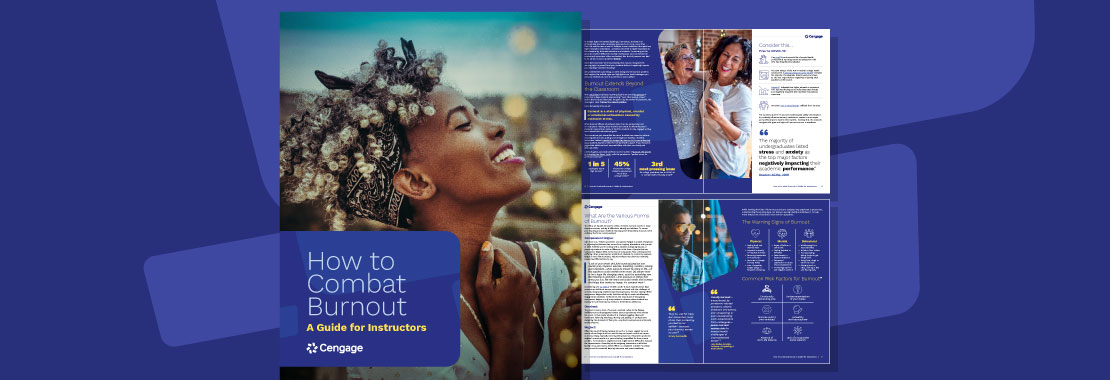With the ever-changing needs of classrooms adding on to an already intense workload, the risk of professor burnout is real. With new stressors, more responsibilities and higher expectations, the pandemic intensified the issue. Virtual courses have blurred the boundaries of traditional classroom walls. There’s a pressure to always be connected and available. Instructors are physically and mentally exhausted.
According to a study conducted by The Chronicle of Higher Education in 2020 with support from Fidelity Investments, 50% of instructors said their enjoyment of teaching has decreased since the start of 2020. Additionally, 35% said they’ve given serious thought to leaving their teaching careers.
Professor burnout affects everyone: friends, family, peers and, of course, students. Research from the American Psychological Association shows that professor burnout negatively impacts student outcomes.
To help combat this growing issue, we’ve created an eBook filled with tips on identifying and preventing burnout. In this eBook, you’ll learn what burnout is and the different forms that professor burnout can take, including:
- Overload
- Neglect
- Compassion fatigue aka “helper syndrome”
- Zoom fatigue
You’ll also find plenty of self-care tips for you and your students along with advice on how to incorporate self-care into your course.
Download our eBook to learn how to spot the warning signs of burnout and what steps you can take to counteract it. Use these strategies to stop professor burnout before it starts.

